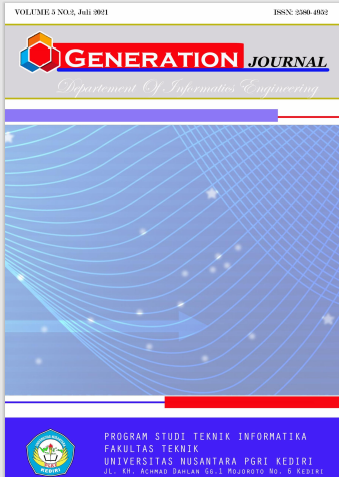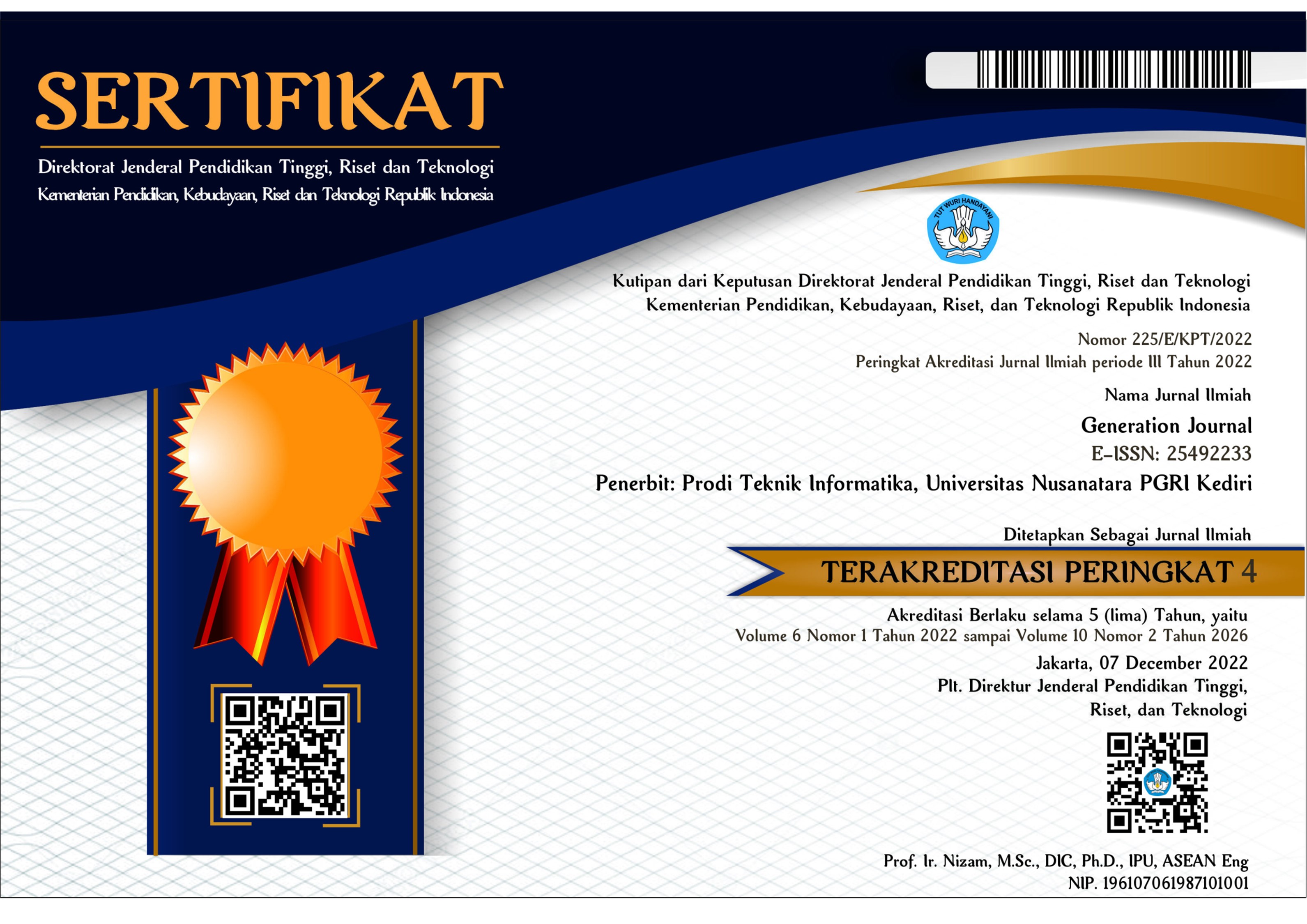GOOGLE CLASSROOM OPTIMIZATION AS ONLINE LEARNING INNOVATION DURING THE COVID-19 PANDEMIC
DOI:
https://doi.org/10.29407/gj.v5i2.16117Keywords:
e- learning, google classroom, pembelajaran, Covid-19Abstract
The Covid-19 pandemic has plagued all corners of the world, including Indonesia. Simultaneously, the Ministry of Education and Culture (SE No. 36962/MPK.A/HK/2020), responded that learning during the pandemic can be carried out with an online or remote system and work from home. The application of online learning is a form of innovation that can be done to condition the teaching and learning process in the hope of preventing the spread of the Covid-19 outbreak. One of the online learning applications that can be used to support the learning process during the Covid-19 pandemic is Google Classroom. This Google Classroom application is equipped with classroom features that can be created by educators and can be followed by all students. The features provided are complete, including uploading materials, videos, assignments/practices, and even discussion forums. Research data was taken by distributing online questionnaires using google form to 122 students. These students are those who have done online learning using Google classroom. The results showed that the optimization of the use of Google Classroom can be used to develop online learning with high results, which is 73.57%.
References
[2] Akpan, S. J., Etim, P. J., & Ogechi, S. 2016. Virtual Classroom Instruction and Academic Performance of Educational Technology Students in Distance Education, Enugu State. World Journal of Education, 6(6).
[3] Argaheni, N. B. 2020. Sistematik Review: Dampak Perkuliahan Daring Saat Pandemi COVID-19 Terhadap Mahasiswa Indonesia. PLACENTUM: Jurnal Ilmiah Kesehatan dan Aplikasinya, 8(2), 99-108.
[4] Febrilia, B. R. A., Nissa, I. C., Pujilestari, P., & Setyawati, D. U. 2021. Analisis Keterlibatan dan Respon Mahasiswa Dalam Pembelajaran Daring Menggunakan Google Classroom di Masa Pandemi Covid-19. Fibonacci: Jurnal Pendidikan Matematika dan Matematika, 6(2), 175-184.
[5] Haka, N. B., Anggita, L., Anggoro, B. S., & Hamid, A. (2020). Pengaruh Blended Learning Berbantukan Google Classroom terhadap Keterampilan Berpikir Kreatif dan Kemandirian Belajar Peserta Didik. Edu Sains: Jurnal Pendidikan Sains dan Matematika, 8(1), 1-12.
[6] Harefa, N., Tafonao, G. S., & Hidar, S. (2020). Analisis Minat Belajar Kimia Siswa Melalui Pembelajaran Berbasis Multimedia. Paedagoria: Jurnal Kajian, Penelitian dan Pengembangan Kependidikan, 11(2), 81-86.
[7] Iftakhar, S. 2016. Google classroom: what works and how. Journal of Education and Social Sciences, 3(1), 12-18.
[8] Iskandar, A., Sudirman, A., Safitri, M., Sulaiman, O. K., Ramadhani, R., Wahyuni, D., Kurniawan, M. A., Mardiana, N., Jamaludin, J., & Simarmata, J. 2020. Aplikasi Pembelajaran Berbasis TIK. Yayasan Kita Menulis.
[9] Jamaluddin, D., Ratnasih, T., Gunawan, H., & Paujiah, E. 2020. Pembelajaran daring masa pandemik Covid-19 pada calon guru: hambatan, solusi dan proyeksi. LP2M.
[10] Kusuma, A. B., & Astuti, W. 2019. Analisis Penerapan Media Pembelajaran Bahasa Arab Berbasis Aplikasi Google Classroom. Jurnal Lahjah Arabiyah.
[11] Ramadhani, R., Astuti, E., & Setiawati, T. 2019. Implementasi LKS Berbasis Budaya Lokal Menggunakan LMS Google Classroom di Era Revolusi Industri 4,0. SINDIMAS, 1(1), 13–7.
[12] Simanihuruk, L., Simarmata, J., Sudirman, A., Hasibuan, M. S., Safitri, M., Sulaiman, O. K., Ramadhani, R., & Sahir, S. H. 2019. E-Learning: Implementasi, Strategi & Inovasinya. Yayasan Kita Menulis.
[13] Sukitman, T., Yazid, A., & Mas' odi, M. 2020. Peran Guru Pada Masa Pandemi Covid-19. In Prosiding Seminar Nasional Pendidikan Biologi.
[14] Tiro, A. 2004. Dasar-Dasar Statistik. UNM.
Downloads
Published
Issue
Section
License
Authors who publish with this journal agree to the following terms:
- Copyright on any article is retained by the author(s).
- The author grants the journal, the right of first publication with the work simultaneously licensed under a Creative Commons Attribution License that allows others to share the work with an acknowledgment of the work’s authorship and initial publication in this journal.
- Authors are able to enter into separate, additional contractual arrangements for the non-exclusive distribution of the journal’s published version of the work (e.g., post it to an institutional repository or publish it in a book), with an acknowledgment of its initial publication in this journal.
- Authors are permitted and encouraged to post their work online (e.g., in institutional repositories or on their website) prior to and during the submission process, as it can lead to productive exchanges, as well as earlier and greater citation of published work.
- The article and any associated published material is distributed under the Creative Commons Attribution-ShareAlike 4.0 International License














